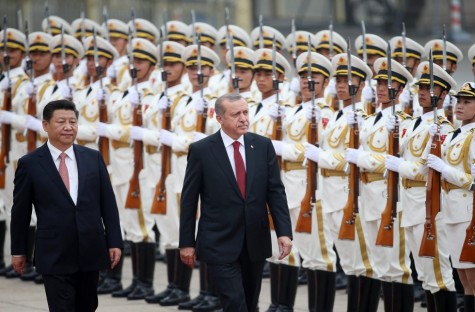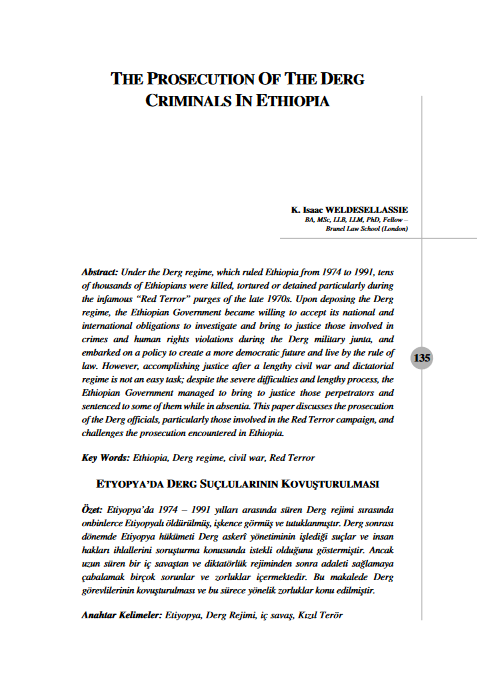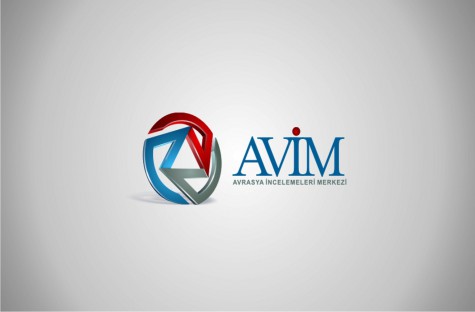
Pelin EMLİK
On August 27, 2015, the Ambassador of Kazakhstan to Turkey, H.E. Canseyit Tüymebayev organized a press meeting at his embassy in Ankara to inform the public that Kazakhstan signed an agreement with the International Atomic Energy Agency (IAEA) on establishing an international low-enriched uranium (LEU) bank in 2017.[1] The IAEA LEU Bank, which is supported by the five permanent members of UN Security Council (China, France, Russia, UK and the USA), the EU, Norway, Kuwait, the UAE, will be located at the Ulba Metallurgical Plant (UMP) in Oskemen in north-eastern Kazakhstan. Ulba Metallurgical Plant (UMP) is a licensed nuclear site with complete infrastructure to safely and securely store, transport and process the LEU.[2]
For decades, nuclear energy has played a significant role in producing electricity and nuclear fuel in developed countries. Low-enriched uranium (LEU) is the most used type of ingredient worldwide because it has huge capacity in the production of nuclear fuel which can supply large cities with energy for years. Some analysts argue that, LEU is considerably less radioactive than natural uranium but still extremely hazardous in granulated form product of the shearing action that makes it useful for armor-penetrating weapons and radiation shielding.[3] Although, low enriched-uranium is an essential element for producing energy, it is also a critical component for both civil nuclear power generation and military nuclear weapons. Consequently, LEU resources are subject to the IAEA regulations in order to prevent production of highly enriched uranium.[4]
The IAEA is establishing the LEU Bank with the commitment of reducing the risk of nuclear proliferation. Establishment of the bank also is the result of global efforts to create an assured supply of nuclear fuel to countries in case of interruption of the open market or of other supply arrangement for LEU.[5] Furthermore, in order to control it the member states of the bank should give the assurance that it may only be used to make fuel for power reactor and may not be used to make any nuclear weapon or explosive devices for any military purpose.[6]
The fuel bank, which is a physical reserve of up to 90 metric tons of low enriched uranium[7] suitable to make fuel for a typical light water reactor, will be available to IAEA member states when they find themselves unable to obtain LEU on the commercial market. Ever then members’ demands LEU from the bank they should ensure a set of the IAEA's criteria such as, the member's supply of LEU must be disrupted; the state must be unable to secure LEU from the commercial market, state-to-state agreements or other such means; and the state must have in place, and be in compliance with, a comprehensive safeguards agreement with the IAEA.[8]
The LEU that will be stored in IAEA LEU Bank will be enriched up to 4.95%[9] which is enough to make fuel for light water reactor. LEU Bank will be safe and secure. Safety and security of the Bank will be governed by Kazakhstan’s legal and regulatory requirements but it is owned and controlled by the IAEA. The IAEA has chose Kazakhstan for this due to it has 60 years of proven experience in civil nuclear fuel supply and a modern infrastructure.[10] Moreover, Kazakhstan has big effort in promoting nuclear security and non-proliferation. The country became a part of the Treaty on the Non-proliferation of Nuclear Weapons (NPT) and the Comprehensive Nuclear Test Ban Treaty (CTBT) in 1992 and also signed an Additional Protocol with the IAEA in 2004 and is a member of the Nuclear Suppliers Group. This background of Kazakhstan is considered as enough for giving trust to the member states.[11]
The IAEA LEU Bank is funded by voluntary contributions including $50 million from the US-based Nuclear Threat Initiative (NTI) organization, $49 million from the USA, up to $25 million from the European Union, $10 million each from Kuwait and the United Arab Emirates and $5 million from Norway.[12]
In conclusion, in the light of the Kazakhstan’s historical background in nuclear issues, it is possible to say that the country could manage to provide the security of the bank and ensure preventing undesired biological, ecological and economical damages. Also, by keeping uranium under control with the help of the Bank, the IAEA would be able to ensure nuclear nonproliferation.
[1] Kosolapova, E., “Int'l Low-Enriched Uranium Bank to be Established in Kazakhstan”, August 14, 2015, Retrieved Date: August 20, 2015, from http://en.trend.az/casia/kazakhstan/2424393.html
[2] FACT SHEET- “The IAEA LEU Bank Assuring a supply of low enriched uranium (LEU) for Member States”, Retrieved Date: August 20, 2015, from https://www.iaea.org/OurWork/ST/NE/NEFW/Assurance-of-Supply/documents/Factsheet_LEU_Bank.pdf .
[3] Edwards, G., “URANIUM: Known Facts and Hidden Dangers”, 1992, Retrieved Date: August 20, 2015, from http://www.ccnr.org/salzburg.html .
[4] International Atomic Energy Agency, Atoms For Peace, Retrieved Date: August 20, 2015, from https://www.iaea.org/ .
[5] op.cit.
[6] FACT SHEET- “The IAEA LEU Bank Assuring a supply of low enriched uranium (LEU) for Member States”, Retrieved Date: August 20, 2015, from https://www.iaea.org/OurWork/ST/NE/NEFW/Assurance-of-Supply/documents/Factsheet_LEU_Bank.pdf .
[7] op.cit.6
[8] International Atomic Energy Agency, Atoms for Peace, Retrieved Date: August 20, 2015, from https://www.iaea.org/ .
[9] op.cit.6
[10] Aljazeera, “Kazakhstan: The Model of Nuclear Disarmament”, February, 2014, Retrieved Date: August 20, 2015, from http://www.aljazeera.com/indepth/opinion/2014/02/kazakhstan-model-nuclear-disarma-20142142092967469.html .
[11] NTI, “Profile for Kazakhstan “, June 1, 2015, Retrieved Date: August 20, 2015, from http://www.nti.org/country-profiles/kazakhstan/.
[12] op. cit.
© 2009-2025 Center for Eurasian Studies (AVİM) All Rights Reserved
No comments yet.
-
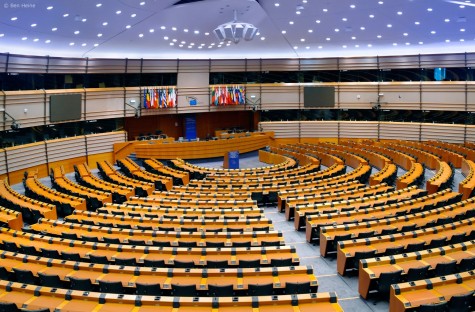 REFUTABLE RESOLUTION OF THE EUROPEAN PARLIAMENT
REFUTABLE RESOLUTION OF THE EUROPEAN PARLIAMENT
Hazel ÇAĞAN ELBİR 28.04.2015 -
THE MONUMENT IN OTTAWA
Ömer Engin LÜTEM 24.09.2012 -
CENTER FOR EURASIAN STUDIES BRAINSTORMING CONFERENCE
AVİM 25.04.2013 -
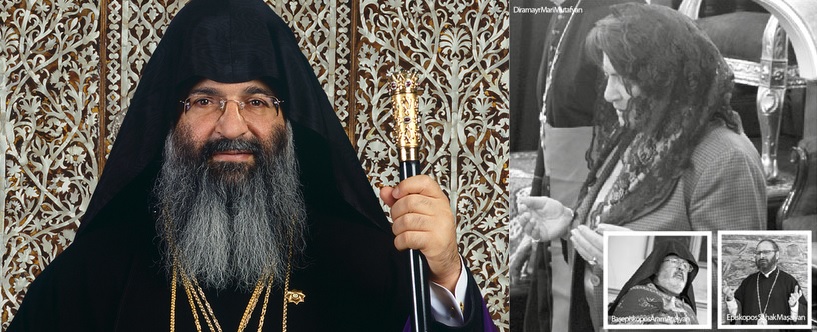 CONCERNS OVER THE PATRIARCH ELECTION – III
CONCERNS OVER THE PATRIARCH ELECTION – III
AVİM 21.08.2017 -
REGIONAL COOPERATION POSSIBILITIES AND PROSPECTS FOR THE FUTURE IN THE CAUCASUS
Hazel ÇAĞAN ELBİR 09.12.2014
-
25.01.2016
THE ARMENIAN QUESTION - BASIC KNOWLEDGE AND DOCUMENTATION -
12.06.2024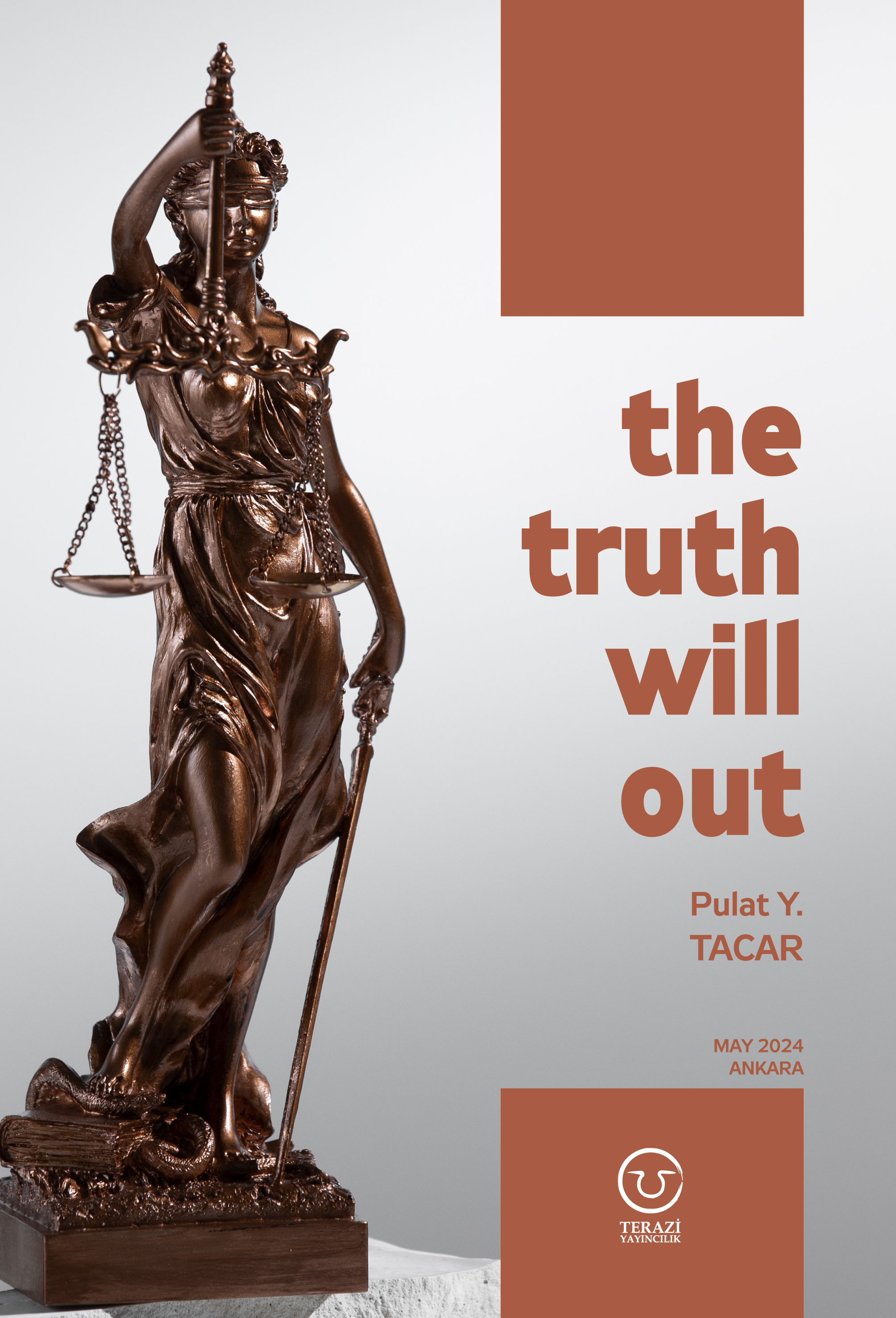
THE TRUTH WILL OUT -
27.03.2023
RADİKAL ERMENİ UNSURLARCA GERÇEKLEŞTİRİLEN MEZALİMLER VE VANDALİZM -
17.03.2023
PATRIOTISM PERVERTED -
23.02.2023
MEN ARE LIKE THAT -
03.02.2023
BAKÜ-TİFLİS-CEYHAN BORU HATTININ YAŞANAN TARİHİ -
16.12.2022
INTERNATIONAL SCHOLARS ON THE EVENTS OF 1915 -
07.12.2022
FAKE PHOTOS AND THE ARMENIAN PROPAGANDA -
07.12.2022
ERMENİ PROPAGANDASI VE SAHTE RESİMLER -
01.01.2022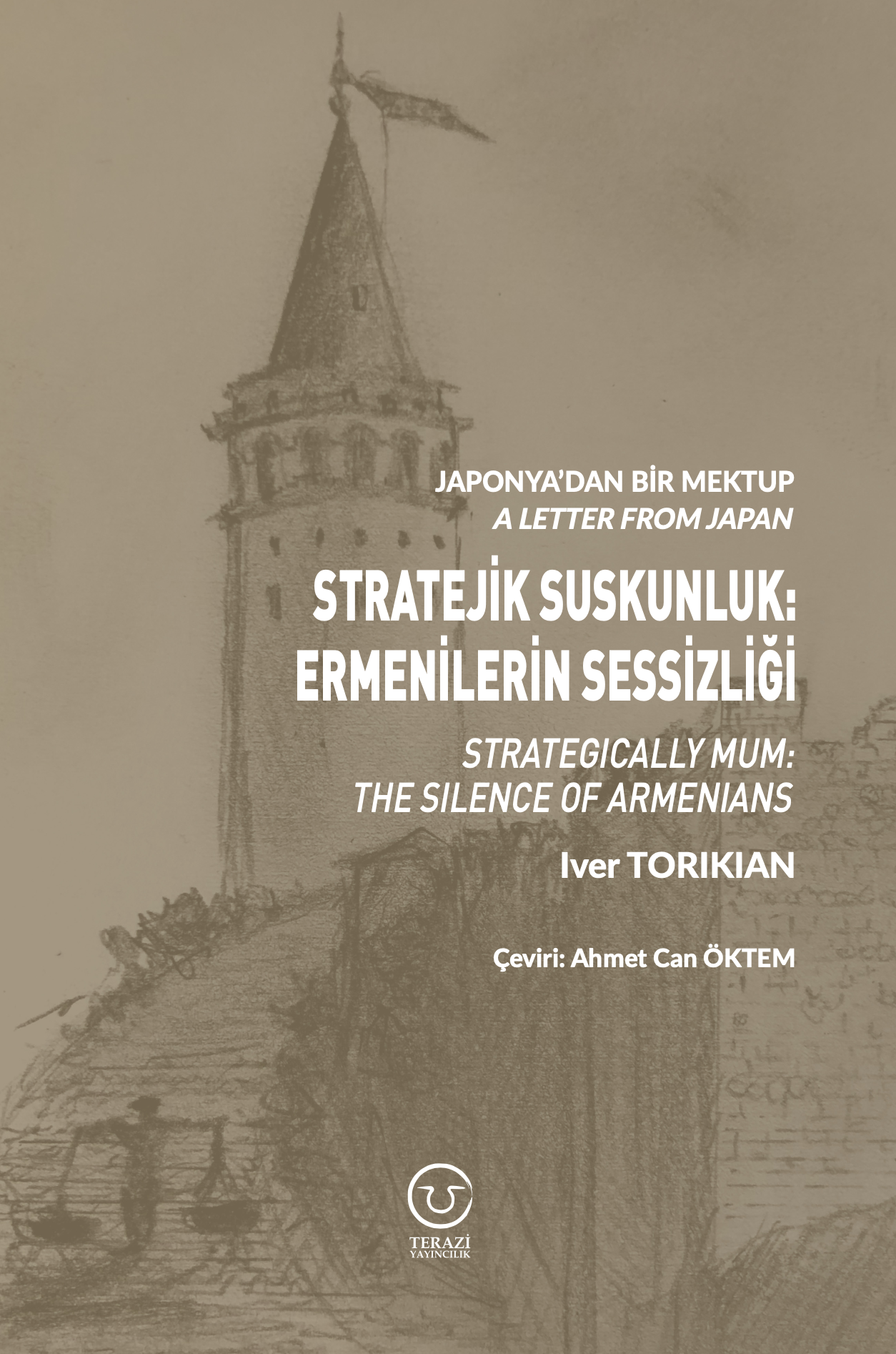
A Letter From Japan - Strategically Mum: The Silence of the Armenians -
01.01.2022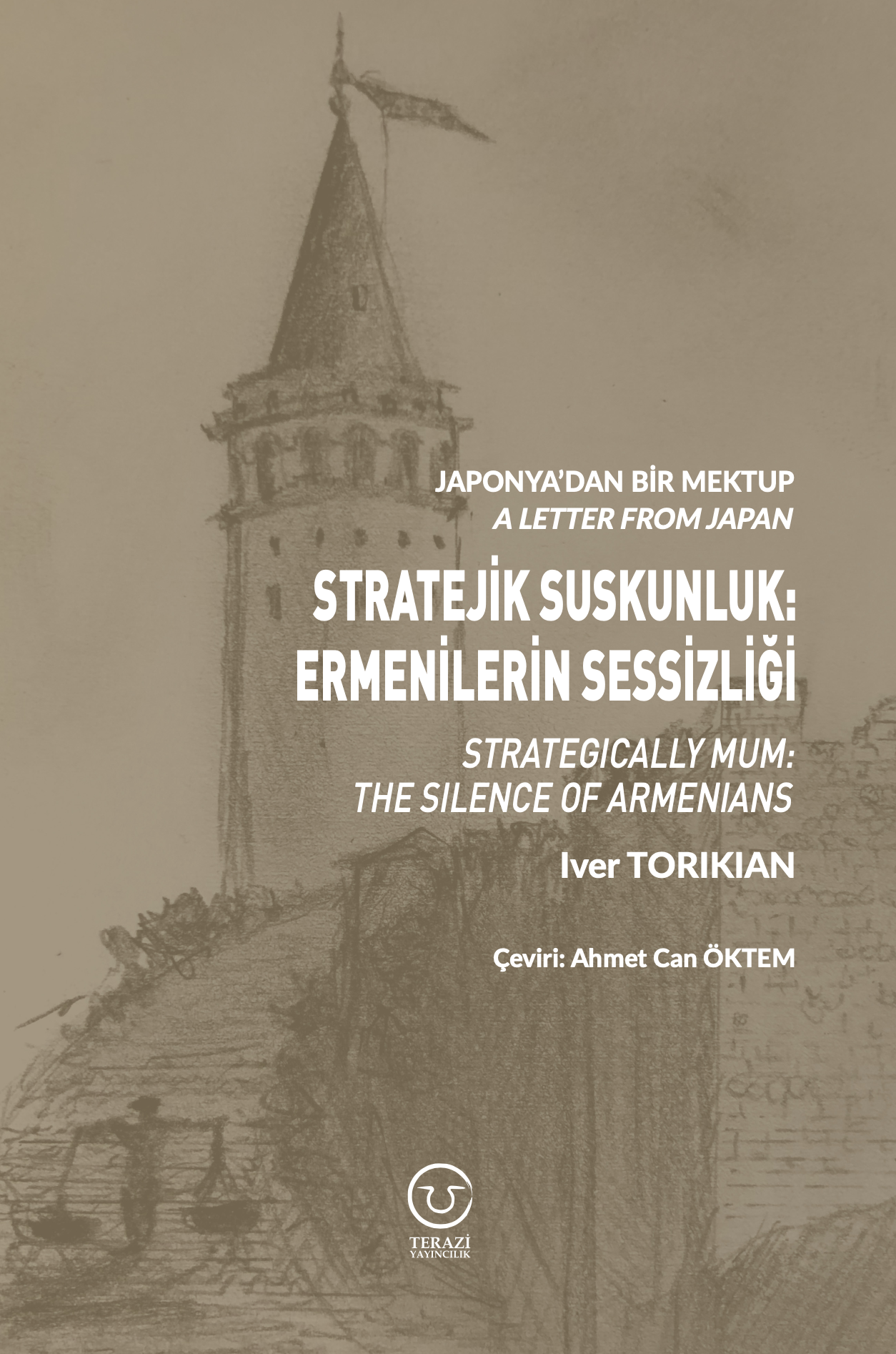
Japonya'dan Bir Mektup - Stratejik Suskunluk: Ermenilerin Sessizliği -
03.06.2020
Anastas Mikoyan: Confessions of an Armenian Bolshevik -
08.04.2020
Sovyet Sonrası Ukrayna’da Devlet, Toplum ve Siyaset - Değişen Dinamikler, Dönüşen Kimlikler -
12.06.2018
Ermeni Sorunuyla İlgili İngiliz Belgeleri (1912-1923) - British Documents on Armenian Question (1912-1923) -
02.12.2016
Turkish-Russian Academics: A Historical Study on the Caucasus -
01.07.2016
Gürcistan'daki Müslüman Topluluklar: Azınlık Hakları, Kimlik, Siyaset -
10.03.2016
Armenian Diaspora: Diaspora, State and the Imagination of the Republic of Armenia -
24.01.2016
ERMENİ SORUNU - TEMEL BİLGİ VE BELGELER (2. BASKI)
-
AVİM Conference Hall 24.01.2023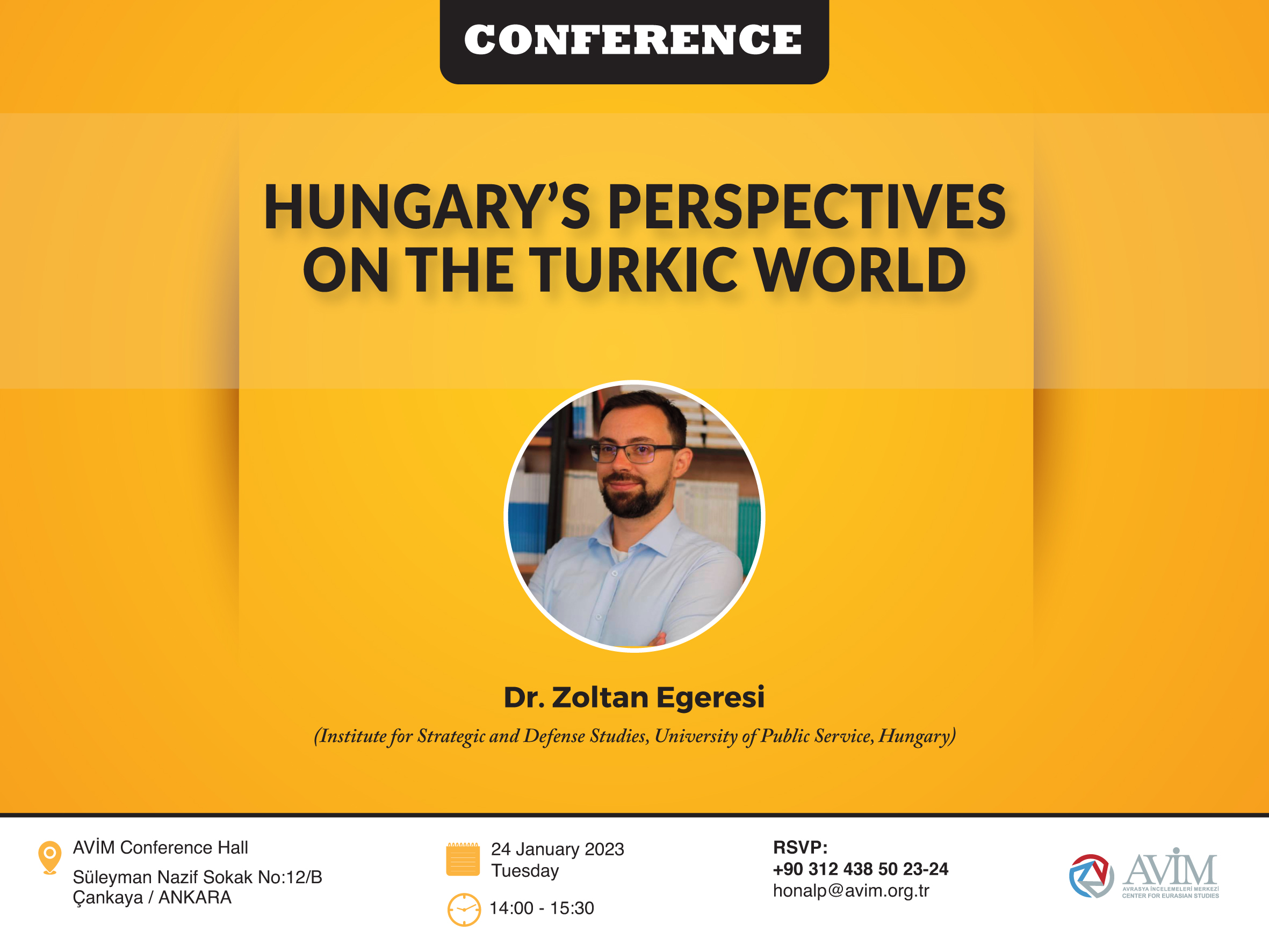
CONFERENCE TITLED “HUNGARY’S PERSPECTIVES ON THE TURKIC WORLD"

